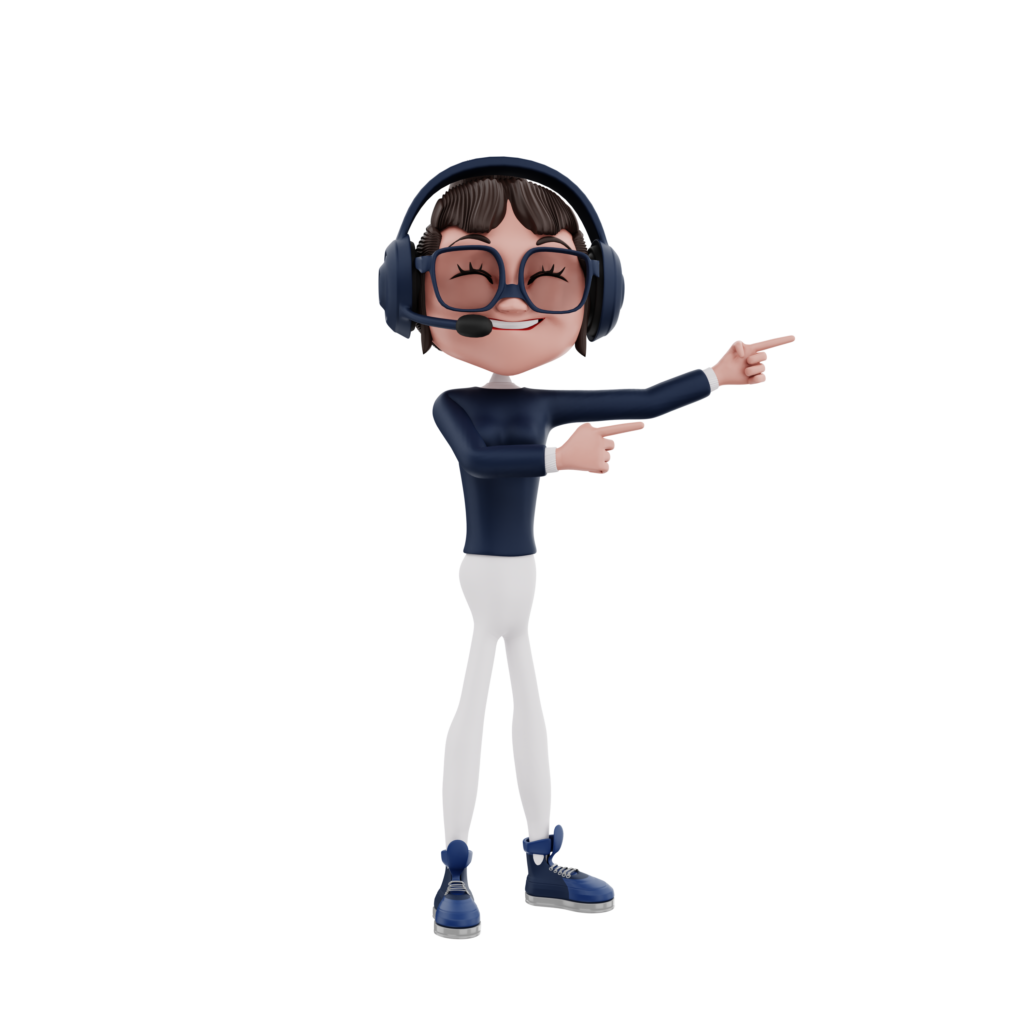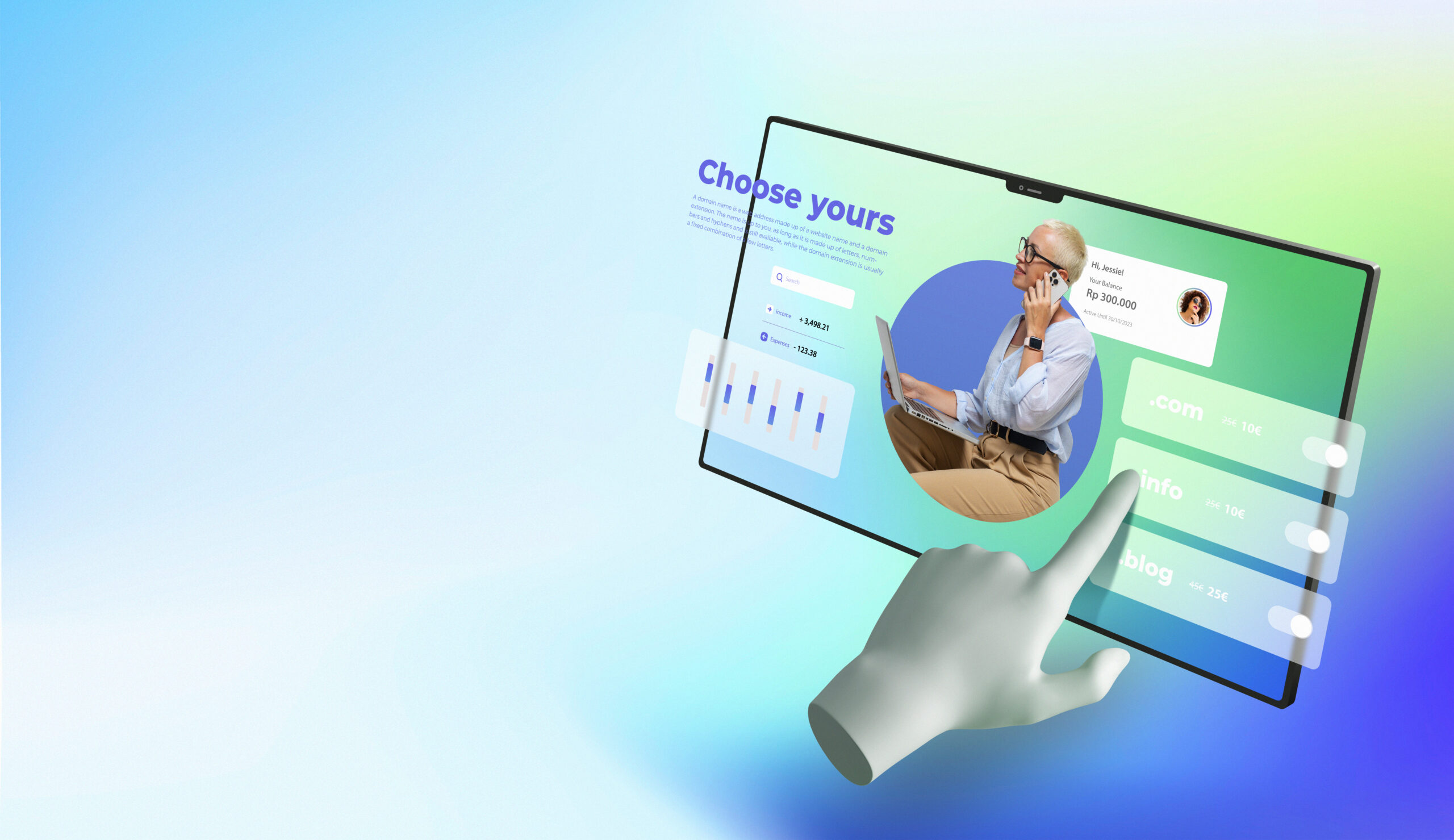Feeling overwhelmed while exploring the expansive landscape of website design? Color theory may be here to help. It’s an important tool that helps you create stunning visuals and point your users in a particular direction. When it comes to responsive website design, understanding the basics of color theory will allow you to make thoughtful decisions about how different elements should interact – from typography to images and content.
Ready to become a master of crafting pleasing page layouts that dynamically respond across devices? Let’s jump right into understanding the impact of color theory when creating fantastic web experiences.
With our Website Redesign Services, we can help you to create a piece of art!
What is Color Theory
Color theory is an essential part of web design that should never be overlooked. Understanding how colors work together and how they affect the user can make all the difference in creating a successful website. With the right combination of colors, you can convey specific messages and set the tone for your web content.
Choosing the wrong colors, on the other hand, can be a deal breaker for your website visitors. So, whether you are looking to create an eye-catching website or simply want to improve the user experience, knowing the basics of color theory can go a long way. With a little bit of practice and experimentation, you can create a visually appealing website that will engage your audience and make a lasting impression.
Exploring the Components
Color theory is a fascinating subject that delves into the intricacies of visual perception. Central to this field are three fundamental components that greatly affect how we see and interpret colors: hue, saturation, and value. Hue refers to the actual color of an object, while saturation refers to the intensity of that color. Value, on the other hand, relates to the lightness or darkness of a color.
Understanding these three components is crucial to creating effective designs, as well as appreciating the beauty of color in art and nature. Learning about color theory can unlock a new appreciation of the world around us and help us create works of art that truly inspire.
Choosing an Appropriate Color Palette
When it comes to creating a visually stunning website, one of the most important factors to consider is the color palette. This is particularly crucial in responsive web design, where your site needs to look great across a variety of devices and screen sizes. To choose an appropriate color palette, start by considering your brand and the emotions you want to convey.
Look at color theory to understand the psychology behind different hues and how they can impact user experience. Consider complementary colors and how they can enhance the overall design. And don’t forget to test your color choices across multiple devices and platforms to ensure your website looks consistent and appealing to all users. With careful consideration and a smart strategy, you can create a color palette that enhances your website and helps it stand out from the competition.
Expand your knowledge with our post on The Role of Website Color Schemes in User Accessibility.
Analyzing How Color Affects UX and Interaction
Colors are a powerful tool that can affect people’s moods and emotions. When it comes to user experience and interaction, understanding color psychology is crucial. Certain colors evoke specific feelings and can contribute to the overall tone and atmosphere of a website or app. For example, blue is often associated with trust and security, while red can signify urgency or danger.
By carefully choosing colors and combinations, web designers can create an impactful and memorable user experience. It’s important to keep in mind that cultural and personal associations with color can also influence user perception, so it’s essential to conduct research and user testing to ensure the best possible outcome.
The Impact of Contrast Ratios
As our world becomes increasingly digitized, responsive web design has become more important than ever. But what makes a website truly “responsive?” Contrast ratios play a vital role in ensuring that a website is accessible and easy to navigate. Simply put, the contrast ratio refers to the difference in lightness or darkness between the text and its background.
This can have a huge impact on both the aesthetics and functionality of a website, particularly for users with visual impairments. The contrast ratio is so important that it’s now included in industry standards such as the Web Content Accessibility Guidelines (WCAG) to ensure that websites are accessible to everyone. By evaluating and optimizing contrast ratios on a website, designers can create a more effective and inclusive user experience for all.
Benefits of Using Color to Make Your Website More User-Friendly
Color plays a significant role in our lives. It evokes emotions, and it is a way of communication. The right color scheme on your website can captivate your audience’s attention and create a memorable browsing experience, which can have a significant impact on user satisfaction and retention. Utilizing color can help you emphasize important elements, improve readability and navigation, and set the mood and tone. Moreover, it can also help you establish brand identity and recognition.
In a world where the attention span of users is constantly decreasing, incorporating a thoughtful and strategic use of color can significantly improve the usability of your website and increase the likelihood of achieving your business goals.
Conclusion
Responsive website design is a fundamentally important factor in today’s digital landscape. It creates unified messages across devices, which translates to a positive user experience. Color theory is an incredibly powerful tool when applied thoughtfully and intentionally, giving your website the power to make emotions that connect with users. So go forth, embrace color theory into your web page design, express yourself through bold and bright palettes, and see how it impacts your end users.
After all, an emotionally charged response from your audience is exactly what you’re looking for! Who knows – you may even find out some cool creative ways to use the color theory that nobody has ever thought of before! Trust us when we say though—it will be worth the experimentation.


